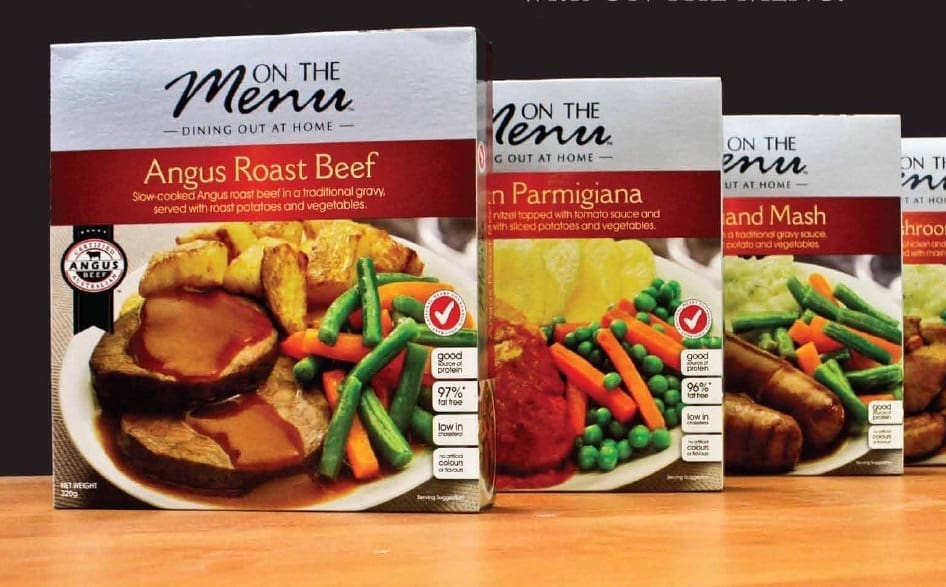
A COMBINATION of emerging technologies like High Pressure Thermal Processing, and use of natural preservatives may play a role in delivering more so-called ‘clean label’ and ‘free-from’ red meat value-added products in coming years.
‘Clean label’ and ‘free-from’ trends are evolving across the food industry as consumers continue to show a preference for more natural and less processed foods which contain fewer undesirable additives.
This has created challenges for the food industry as they expand into new clean label product lines that are perceived as nutritious, wholesome and fresh, while also achieving desired shelf-life and maintaining quality.
The red meat industry is also facing increased competition from the growth in plant-based meats, which are perceived by some as being better for health and wellbeing and with a lower environmental footprint.
In recent years, red meat and processed meats have been subjected to negative press, such as being classified as a carcinogenic risk to humans – specifically attributing this risk to additives such as nitrites.
A recent project supported by MLA and carried out by CSIRO has reviewed suitable food processing technologies that have potential in the development of clean label processed meats. In doing so, the project sought to identify potential high-value red meat opportunities for ready meals, chilled offal, deli-style meats, cooked sausages and trail mixes containing dried meats, nuts and dried fruits.
Novel processing technologies have been shown to reduce the requirement of salt and other additives in many foodstuffs. In the research project, a number of technology solutions were reviewed against a range of value-added red meat product segments.
Mechanical and physical disruptive technologies used in other food sectors to replace chemical additives to produce (and market) cleaner labelled products were explored, and the suitability of these technologies for application to the Australian red meat products was evaluated.
Some of the technologies examined included Shockwave, Pulsed Electric Field (PEF), High Pressure Processing (HPP), Ultraviolet light (UV), and cold plasma. Click the links provided to view earlier R&D stories on these topics.
The findings from the study indicated that a combination of technologies and natural ingredients could be used to achieve a range of clean label meat products in several categories:
Chilled, heat-and serve ready meals
Novel technologies such as high pressure thermal processing (HPTP) could negate the use of any additives in chilled, heat-and-serve ready meals without impacting on quality and achieving extended shelf-life.
Chilled offal (liver)
High pressure processing (HPP) and Vvery Fast Chilling (VFC) could be used to increase the chilled shelf-life of liver, creating opportunities in the chilled offal export market.
Cooked sausages
Depending on the targeted ingredient/additive for removal, for example, nitrite or phosphate or reduced salt, a combination of natural ingredients and technologies like HPP and HPTP could be used to produce a cleaner label cooked sausage.
Deli style meats
Whole muscle, sliced meats commonly found in delis, such as pastrami and corned beef, could also be produced with a clean label, using natural ingredients and technologies (HPP and HPTP).
Trail mix snacks including jerky
Ultrasound-assisted drying techniques and natural ingredients could be used to produce clean label jerky products, the research found. HPTP could be used as a surface decontamination method to eliminate Salmonella prior to drying.
The red meat industry needed to invest in scientific research to validate the opportunities identified in the study, and further explore scale-up towards commercialisation, researchers suggested.
They recommended that the red meat industry consider investment in several areas, in collaboration with CSIRO:
- Commercialisation of the canister technology such that current HPP (cold units) could be modified to undertake HPTP
- New product development using HPP and HPTP to understand the benefits of these technologies and to improve the functionality and safety of clean label meat products
- Evaluation and validation of the natural nitrite replacers in cured red meat products to determine if ‘nitrite free’ processed meats could be produced without impacting on quality and safety
- Investigate the suitability of ultrasound-assisted drying technology for dried meats applications such as jerky. The red meat industry is currently facing strong competition from plant-based meats and there is a perception that processed meats are unhealthy.
Addressing these consumer concerns through the development of clean label value-added red meats, including ready meals, processed meats and meat snacks would reflect positively on the industry while meeting the needs of the consumer, CSIRO researchers suggested.
“This is also an opportunity for the industry to shift from trading meat as a commodity to value-added meat products manufactured in Australia,” they said.
“The other benefits could be achieving a premium price through provenance claims, a more cohesive domestic supply chain, increased employment in the industry and maintaining labour and skills in Australia.”
Benefits to industry
While some diets embrace wholesome foods, there are other diets that direct consumers toward plant-based or the removal of all ‘processed foods’. Although fresh red meat is a natural food source, its inclusion in value added products is often linked to unhealthy attributes with addition of preservatives.
Addressing these consumer concerns through the development of clean label value-added meats, including ready-meals, processed meats and meat snacks would reflect positively on the industry while meeting the needs of the consumer, researchers said.
Future research
Future research and development suggestions included evaluation of the natural nitrite replacers in cured red meat products like corned beef and cooked sausages to determine if nitrite-free processed meats could be produced without impacting on quality and safety.
